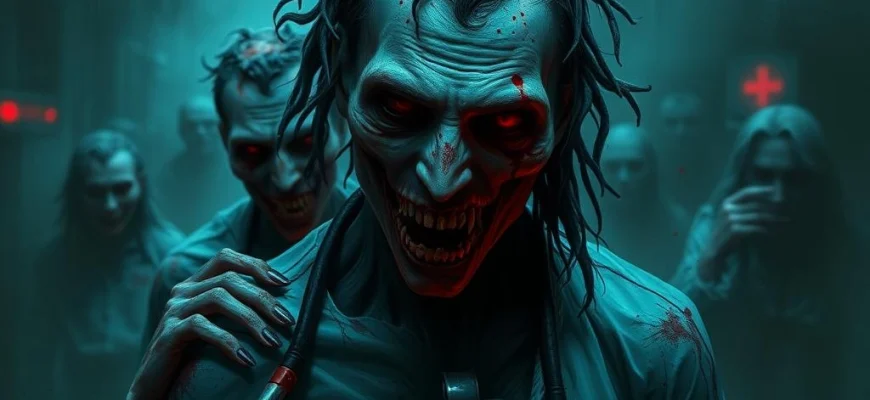If you're a fan of David Cronenberg's 1977 body horror classic 'Rabid' and crave more unsettling, visceral films that explore similar themes of infection, transformation, and societal collapse, this list is for you. Dive into 10 chilling movies and shows that capture the same eerie atmosphere and disturbing body horror that made 'Rabid' a cult favorite.
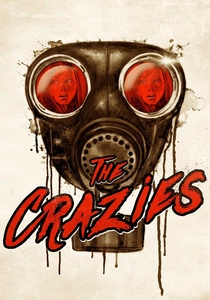
The Crazies (1973)
Description: A small town is overrun by a mysterious virus that turns its inhabitants into violent, deranged killers. The film explores themes of contagion, societal breakdown, and the thin line between sanity and madness.
Fact: The film was shot in Evans City, Pennsylvania, the same location used for the original 'Night of the Living Dead.' It was initially met with mixed reviews but has since gained a cult following.
 Watch Now
Watch Now 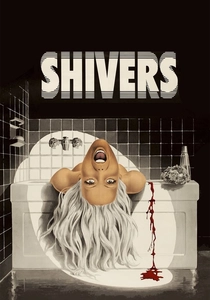
Shivers (1975)
Description: A parasitic organism spreads through an apartment complex, turning its victims into sexually aggressive, violent beings. The film delves into body horror and the loss of control over one's own body.
Fact: This was the first feature film by a director who would later become a major figure in the body horror genre. The film was controversial upon release for its graphic content.
 Watch Now
Watch Now 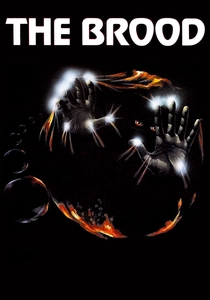
The Brood (1979)
Description: A psychological horror film that explores themes of repressed anger and trauma manifesting in physical form. The story involves grotesque, child-like creatures born from emotional turmoil.
Fact: The film was inspired by the director's own experiences with psychotherapy. It features some of the most disturbing practical effects of its time.
 Watch Now
Watch Now 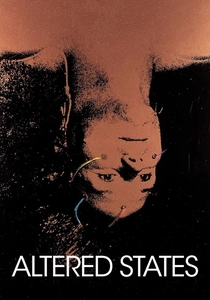
Altered States (1980)
Description: A scientist experiments with sensory deprivation and hallucinogenic drugs, leading to terrifying physical and psychological transformations. The film explores the limits of human consciousness and evolution.
Fact: The film's surreal visuals were achieved through a combination of practical effects and early computer-generated imagery.
 Watch Now
Watch Now 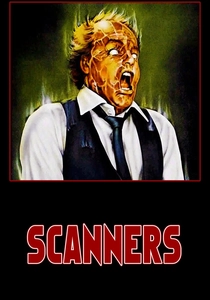
Scanners (1981)
Description: A sci-fi horror film about individuals with telepathic and telekinetic abilities, leading to violent confrontations. The film examines the horrors of unchecked psychic power and bodily transformation.
Fact: The infamous head explosion scene was achieved using a specially designed prosthetic and a shotgun blast to a fake head filled with offal.
 Watch Now
Watch Now 
The Beyond (1981)
Description: A woman inherits a hotel that sits on one of the seven gates of hell, leading to a series of surreal and gruesome events. The film is known for its dreamlike atmosphere and extreme violence.
Fact: The film was heavily censored upon its initial release but has since been restored to its original, uncut version.
 Watch Now
Watch Now 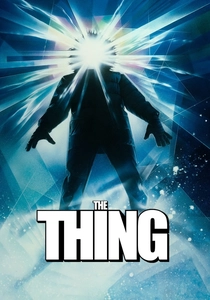
The Thing (1982)
Description: A group of researchers in Antarctica are hunted by a shape-shifting alien that assimilates and imitates its victims. The film is a masterclass in paranoia and body horror.
Fact: The film's special effects were so detailed and grotesque that they were initially panned by critics but are now celebrated as some of the best in horror history.
 Watch Now
Watch Now 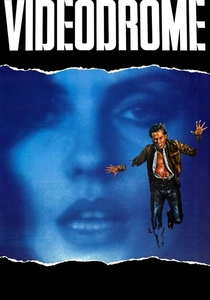
Videodrome (1983)
Description: A surreal horror film that blends technology, media, and body horror. The protagonist's reality becomes increasingly distorted as he is exposed to a mysterious broadcast signal.
Fact: The film's special effects were groundbreaking, including the use of practical effects to create the illusion of a living, breathing television.
 Watch Now
Watch Now 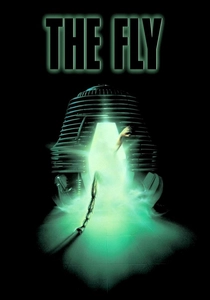
The Fly (1986)
Description: A scientist's experiment goes horribly wrong, leading to a grotesque transformation as he slowly merges with a fly. The film is a tragic exploration of physical decay and identity loss.
Fact: The film's makeup effects took hours to apply each day and were so convincing that they reportedly caused nausea among crew members.
 Watch Now
Watch Now 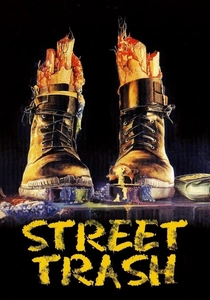
Street Trash (1987)
Description: A darkly comedic horror film about homeless people who drink contaminated alcohol, leading to grotesque and violent deaths. The film revels in its over-the-top gore and social commentary.
Fact: The film was shot on a shoestring budget and features some of the most extreme practical effects of the 1980s.
 Watch Now
Watch Now 
